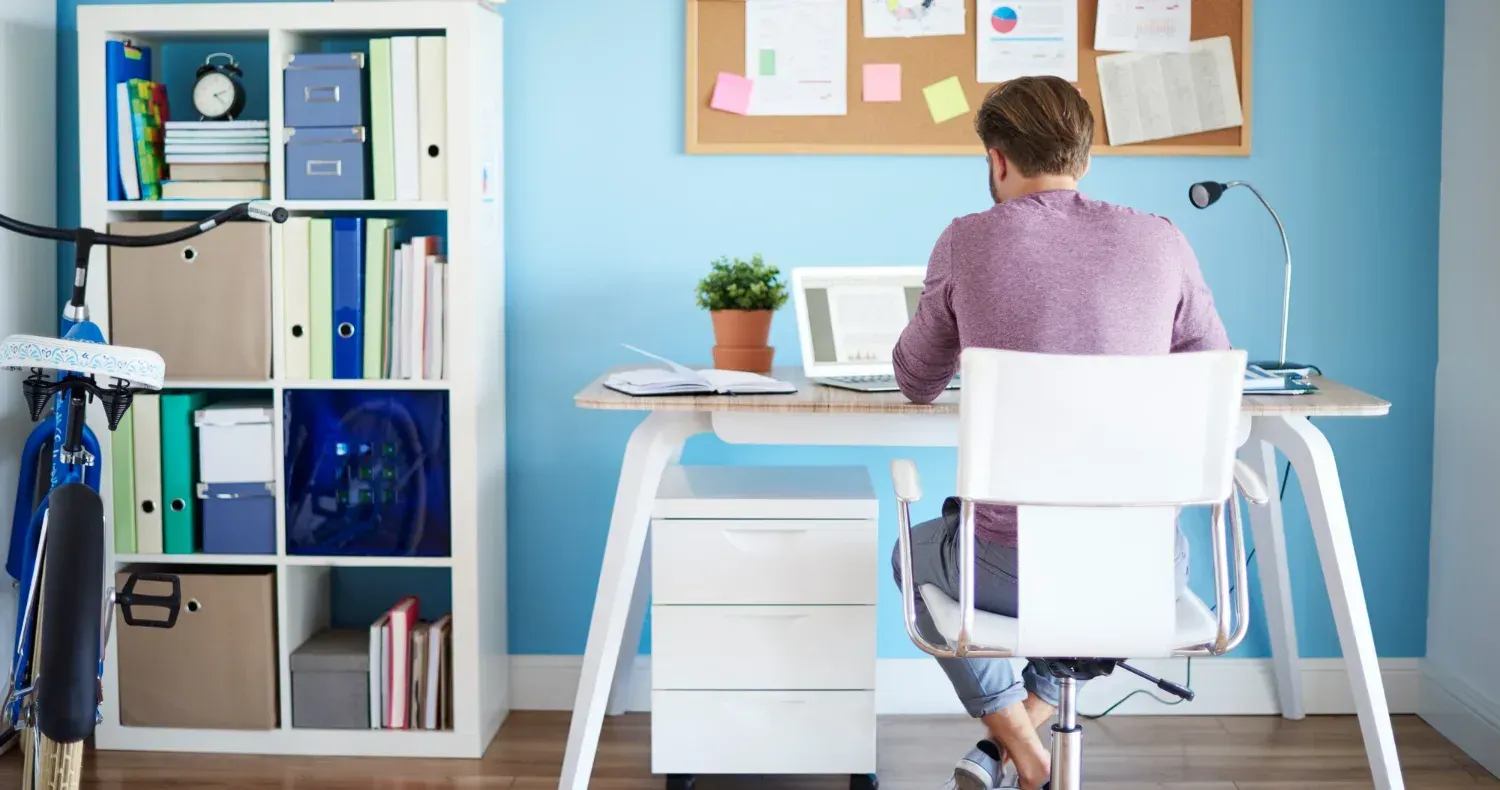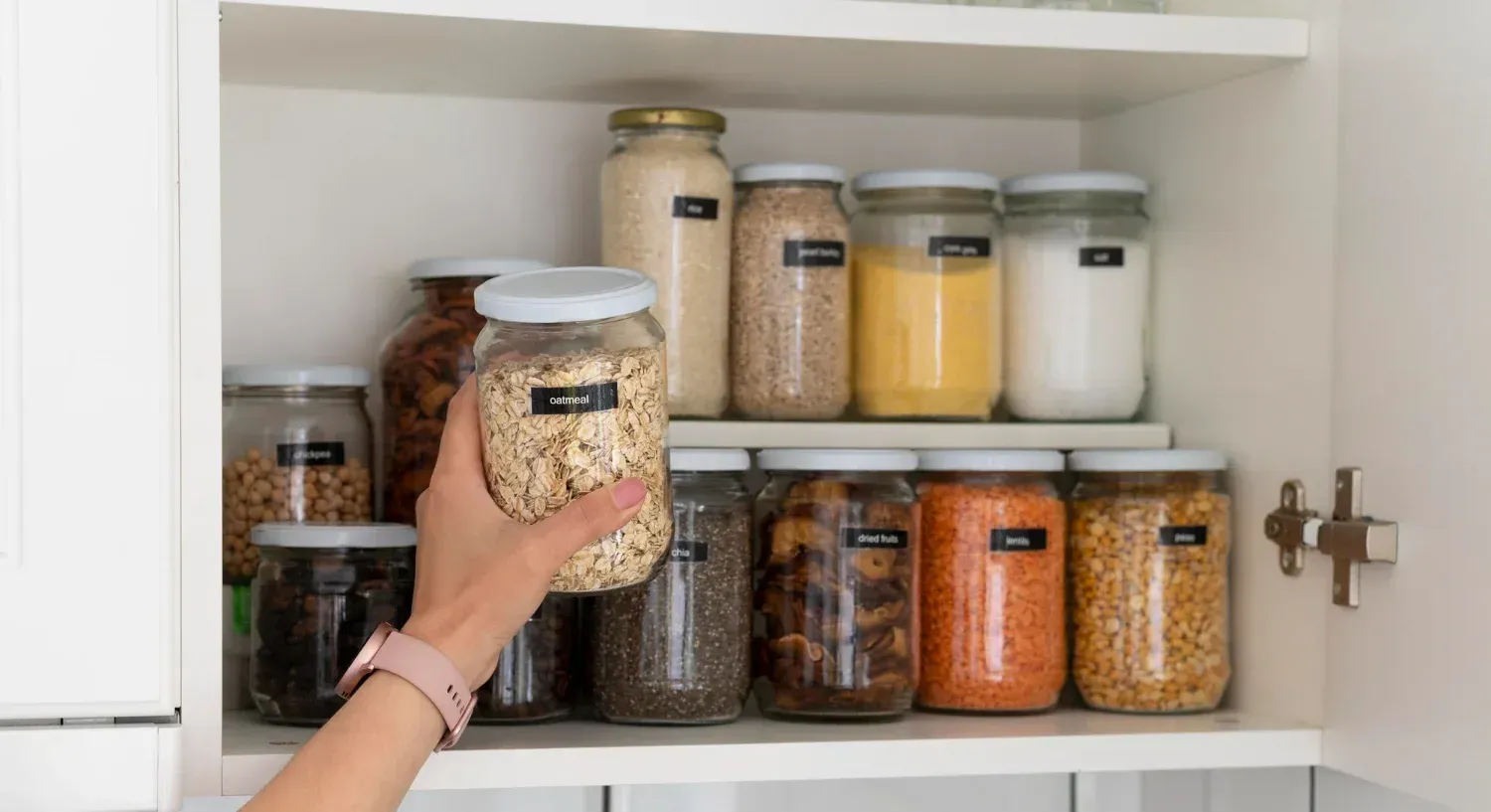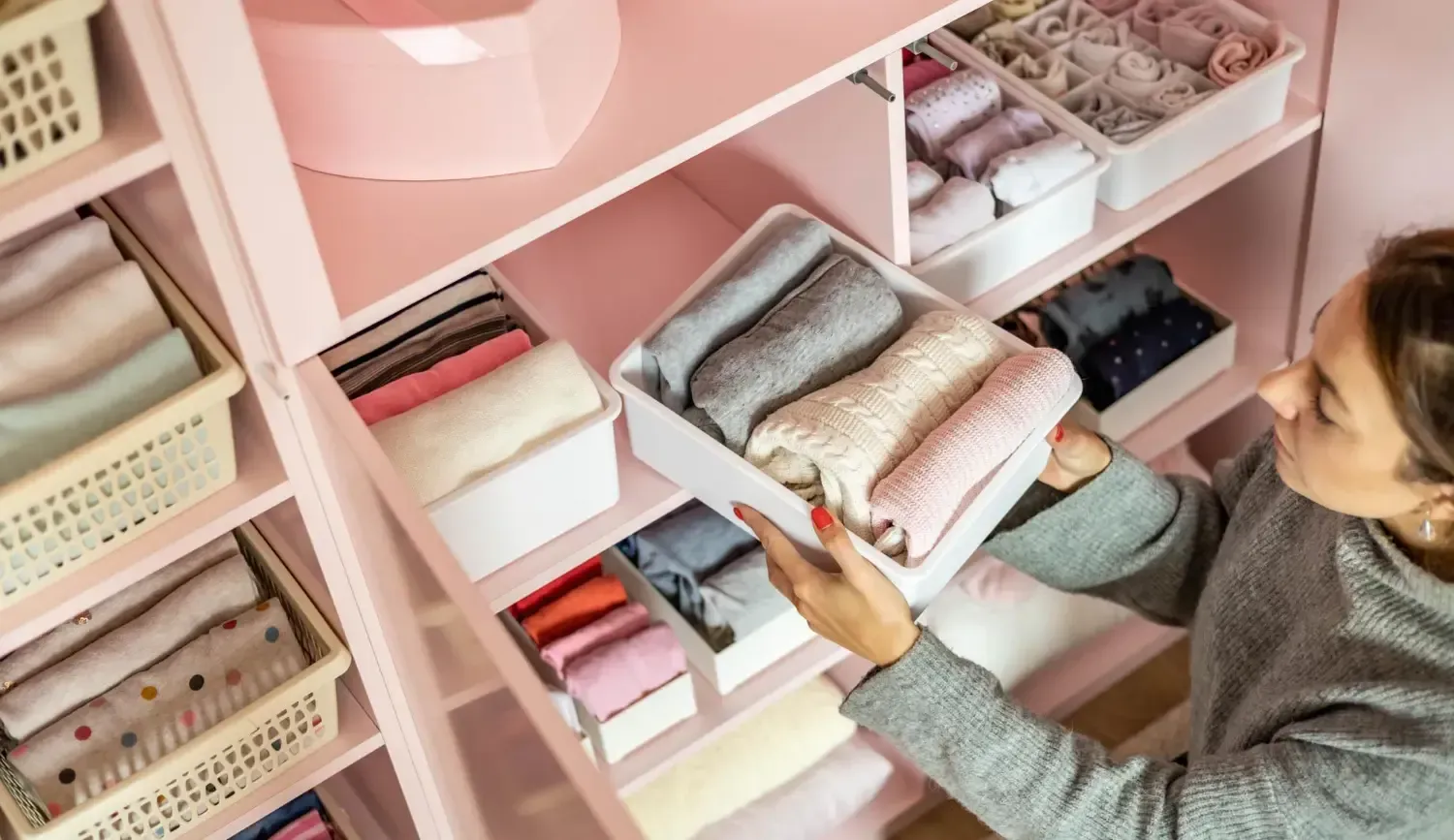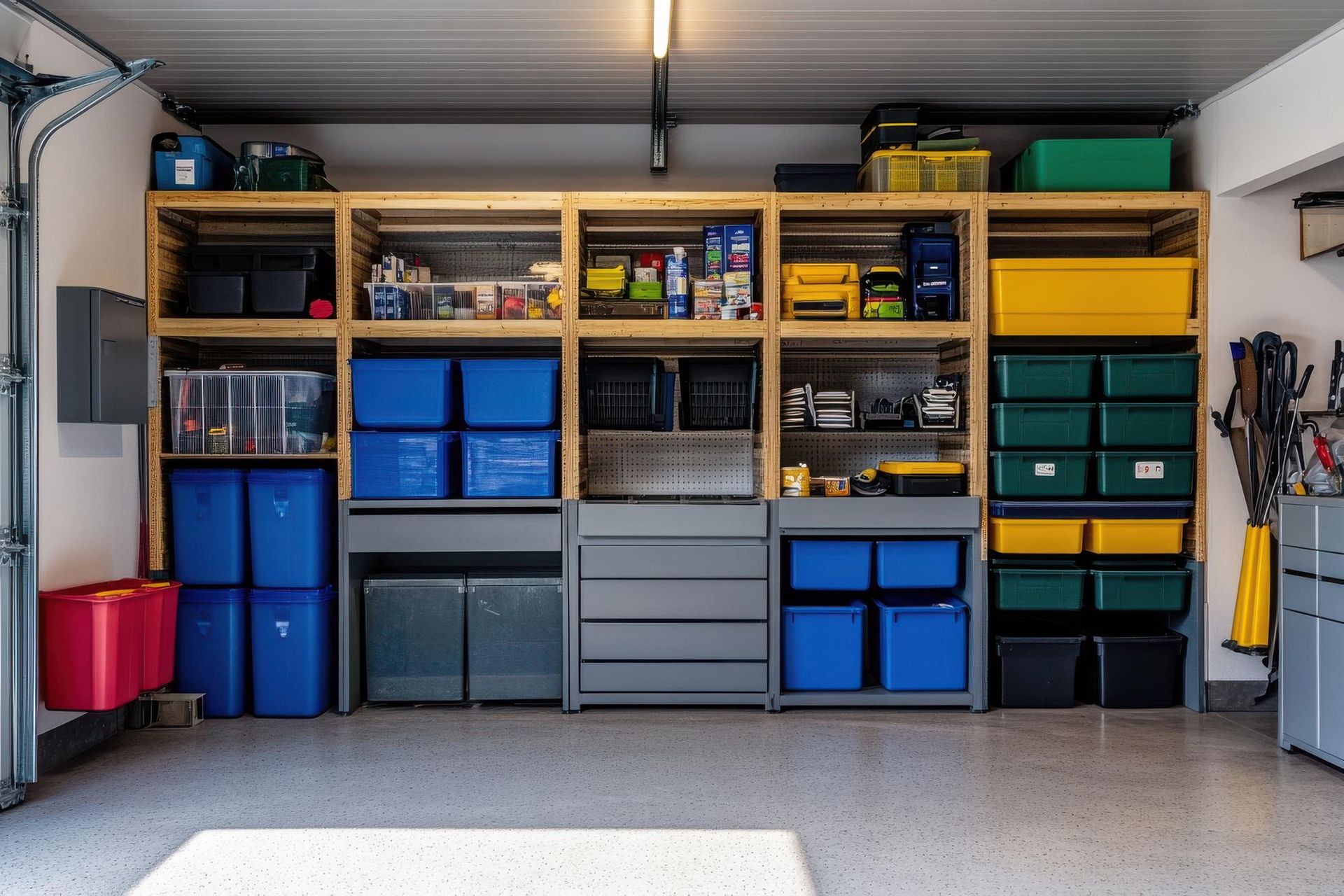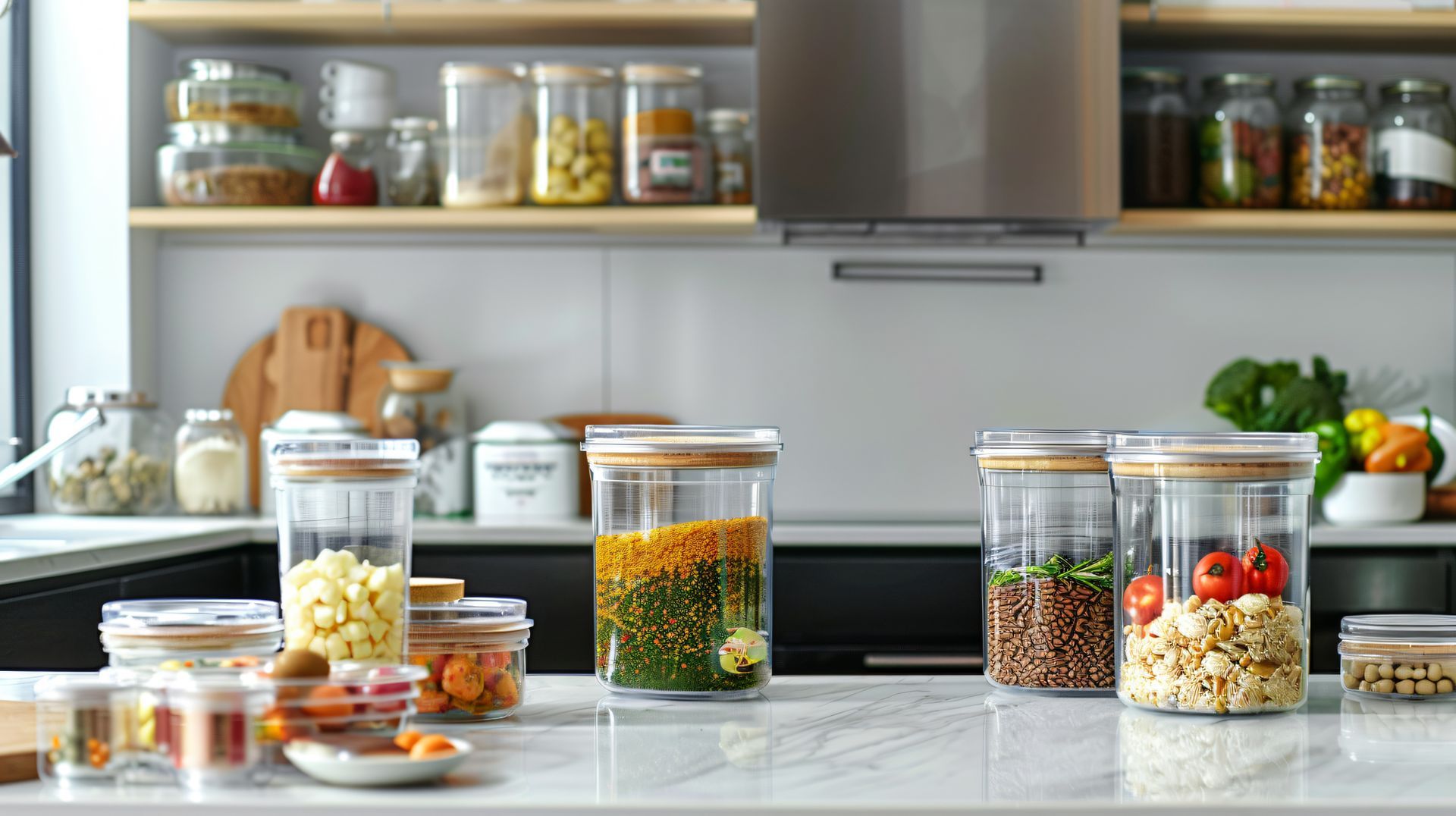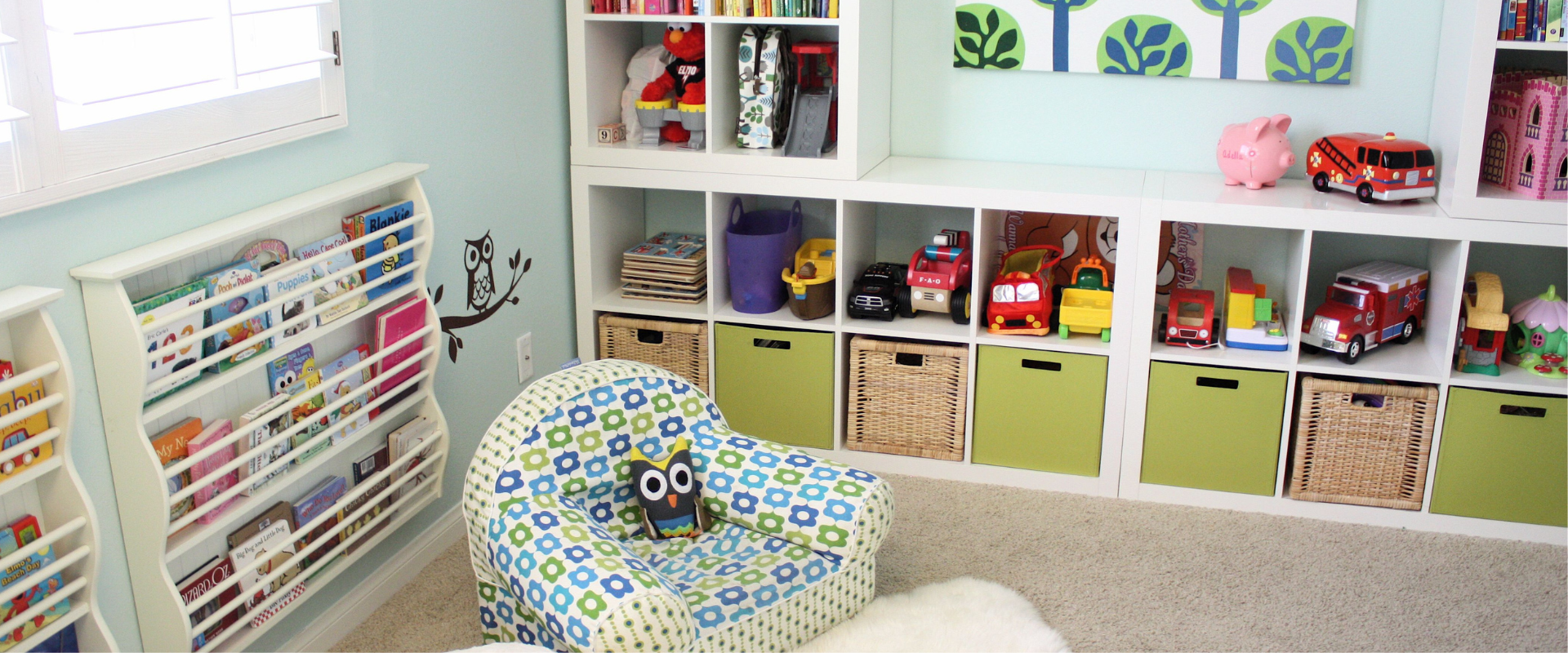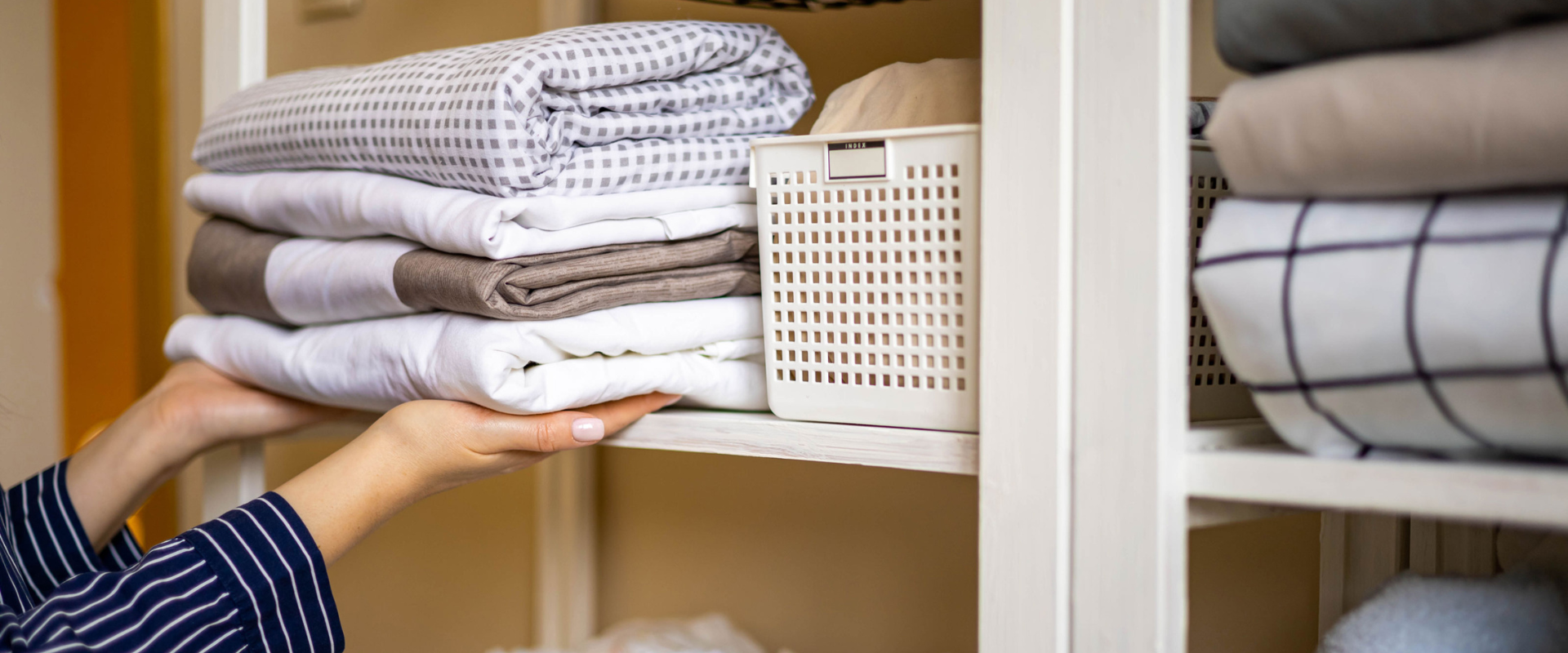How to Organize Baby Clothes: 10 Practical Tips
New parents are frequently confronted with an overload of little bibs, onesies, and socks that seem to multiply overnight. Organizing infant clothing can be a lot, but a well-planned system can help you save time, lower stress, and maintain the nursery's functionality.
Babies grow so fast that mistakes are unavoidable, even if you don't intend to make them. This article provides 10 practical tips to learn how to organize baby clothes.
Because everything from sorting by size to establishing a unique diaper changing station is based on real-world experience, it is passed on by parents and other experts, such as a certified
professional organizer.
As a result, having a well-designed nursery will simplify parenting and make mornings less stressful.
Tip 1: Sort by Size and Season
Why Sorting Matters
Babies do not hesitate to change their clothes after every few months, or more often. A onesie that fits a 3-month-old will not fit a 6-month-old, and going through the mismatched ones is a waste of time. Organizing clothes by size and season helps maintain a clean, efficient nursery.
How to Do It
Sorting of group attire by size: 0-3 months, 3-6 months, etc. Add to these still further distinctions by season—summer rompers in one heap, winter sweaters in another.
Use bins or baskets marked with the category. Plastic containers are transparent, giving them a clear view, whereas fabric containers are cozy.
Pro Tip
To conserve space, vacuum-pack bulky or out-of-season apparel. These bags fit nicely under the bed storage, keeping the garments fresh until they are needed. The summer rompers of one of the parents' daughters were stored in a labeled bin, so they never had to look for them in the winter.
Tip: 2 Using Drawer Dividers for Small Things
The Problem with Small Items
Little socks, bibs, and hats can lose their places in drawers, just as socks would lose their places in a wash cycle. Without a system, parents waste valuable time finding matching pairs or missing accessories.
Divider Solutions
Using drawer dividers is a great way to address this issue. Affordable fabric dividers with various compartments for socks, bibs, and headbands are available, as are mats priced from $10.
Plastic dividers are long-lasting and simple to clean. Wooden dividers, which cost around $30, are more fashionable and robust, giving the impression of greater professionalism.
By keeping the necessary items in order, this system improves the organization of the child's room.
Tip 3: Invest in a Closet Organizer.
Maximizing Closet Capacity
Despite their small size, nursery closets can be made larger with a closet organizer. Stackable cubes, movable rods, and hanging shelves turn tiny closets into storage centers.
Types of Organizers
- Canvas hanging shelves are cost-effective and lightweight, starting at $15.
- Wooden organizers are about $50, durable, and have a sophisticated look.
There are stackable cubes that fit both toys and clothing.
Organizing closets makes it easy to access clothes, especially when one has to hurry in the morning.
Pets and Child Safety
Securely anchored organizers will provide stability for curious toddlers or pet homes. One of the parents mentioned that he keeps his son's closet tidy by using a canvas hanging shelf to store his onesies. Safety-conscious designs foster confidence.
Tip 4: Labeling Everything.
The Value of Clear Labeling
Labels help parents and caregivers to find clothes quickly, especially when making nighttime changes. An open system will remove the confusion over whether the 6 to 12-month pajamas are stored in bin number one or bin number two.
Labeling Tools
Using chalkboard labels is a fantastic way to add character and reuse them. Free printable stickers are typically available online at a low cost.
Using a marker to cover the masking tape is another simple fix. Waterproof labels are necessary for trash stored in a moist environment, such as a basement. These types of basement storage setups keep clothing safe.
Moisture Resistance
In wet conditions, waterproof label boxes are more durable and help maintain bin integrity.
Tip 5: Make it a habit to fold your clothes.
The Impact of Making Sensible Changes to One's Wardrobe.
Babies put on weight quickly, and garments that fit now may be too snug by tomorrow. When the current sizes no longer fit, rolled-up clothes will ensure they are readily accessible without cluttering the nursery with outgrown ones.
Rotation System
Conduct a review on a bi- or tri-annual basis. When it is time, proceed to the next size. To prevent clutter, stock or organize out-of-date clothing as soon as possible. One of the parents mentioned this routine when creating extra rompers, which makes the seasonal scrub to de-junk more bearable.
Long-Term Factors
Store rarely used items like clothes in marked containers for other children to use in the future or for hand-me-downs. This plan saves money in the long run.
Tip 6: Keep Containers tidy with Clarity Bins.
Advantages of Clear Bins.
Clear bins enable parents to see what is in them without opening them, thus saving time on busy days. Their versatility—used as clothing, diapers, or toys—makes them an essential nursery tool.
Selection Criteria
Plastic containers cost between $15 - $30, are durable and stackable. Deluxe baskets starting at $40 offer a premium style. Compact nursery designs save on space by stacking. Toy storage can also be subject to the same binning concept.
Child‑Safety Features
Use bins with smooth edges to protect small hands. One of the parents commented, It seems there are no cries when I use clear bins to find pajamas for my baby. Such containers ensure the nursery is clean and safe.
Tip 7: Laundry Time-Saving.
Folding versus Hanging
Clothes like one-pieces, trousers, and socks should be folded to save room. Hanging dresses or jackets prevents creasing. Efficient folding keeps the drawers tidy and makes it simple to get clothes out.
Techniques for Folding
Using the KonMari method to fold clothing into small, upright rectangles can produce excellent results. Layering must proceed in a specific direction to ensure that every object is visible. Rolling socks or leggings is the best way to make use of limited space. Similar pantry storage methods, like rolling, can also be used to store clothing.
Tip 8: Create a Diaper Station.
Rationale for a Station
A diaper station combines wipes, diapers, and apparel, making the transition simple. It is a lifesaver during diaper shortages during the morning rush hour or at night.
Implementation
Put a shelf or caddy close to the changing table. Pack it with diapers, wipes, and two or three sets of clothes. For about $20, you can purchase reusable and customizable portable caddies. Decluttering the house begins with a spotless station like this one.
Maintenance Tips
Once a week, replenish the station to prevent it from becoming empty. My diaper station would have onesies and wipes ready for midnight, one parent observed. Having the appropriate equipment at the station might help with parenting responsibilities.
Tip 9: Use Wall Space to Store Accessories
Advantages of Wall Storage
Floor space is also freed up in tiny nurseries by wall storage. Hooks, pegboards, or floating shelves can hold hats, bows, or small bags, enhancing the room's aesthetics and functionality.
Wall Solutions
Make sure the hooks fit so you can reach your accessories without any trouble. Pegboards are customizable and start at $25. Although the items are kept orderly, they are shown on floating shelves.
Looking at the
entryway shoe storage options gave one parent the notion to use wall hooks for baby hats.
Safety Check
Use secure hooks and shelves to avoid falls, especially when you have small children or pets.
Tip 10: Make a Weekly Maintenance Schedule.
Rationale for Maintenance
A tidy system prevents clutter from entering. All the hard work is wasted when bins overflow and drawers get disorganized due to a lack of regular maintenance.
Regular Weekly Schedule
Each week, 10 minutes are spent cleaning out bins and drawers. Look at the clothing and read the misplaced clothing again. Get support from relatives. Organizing a clean system is preferable in the morning regimen.
Conclusion
There is no need to arrange infant attire. Using dividers, labeling bins, and following a weekly size-based schedule results in a tidy, stress-free nursery.
With a well-organized nursery, you'll be able to spend more time with your infant and less time browsing the sock shop. Anyone can learn to arrange baby clothes like a pro.
Keep the nursery clean and share some of your best advice with other parents.
FAQs
How often should you organize baby clothes?
Organize every two to three months to match growth spurts. A quick weekly tidy keeps things in check.
What's the best way to store outgrown baby clothes?
Use labeled, vacuum-sealed bags to organize baby clothes long-term. Store them in bins for future use.
Are closet organizers worth the cost?
Yes, if they fit the space and budget. Canvas organizers, starting at $15, are affordable and effective.
How do you organize baby clothes in a small nursery?
Maximize space with vertical storage, clear bins, and wall hooks. These solutions keep small spaces tidy.
Can you organize baby clothes with pets around?
Choose sturdy, anchored storage to keep clothes safe from curious pets. Secure shelves work best.



